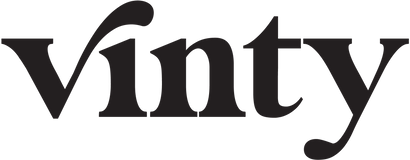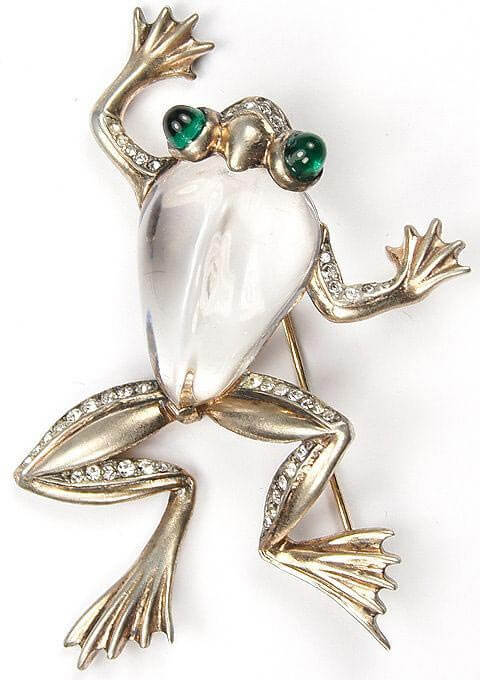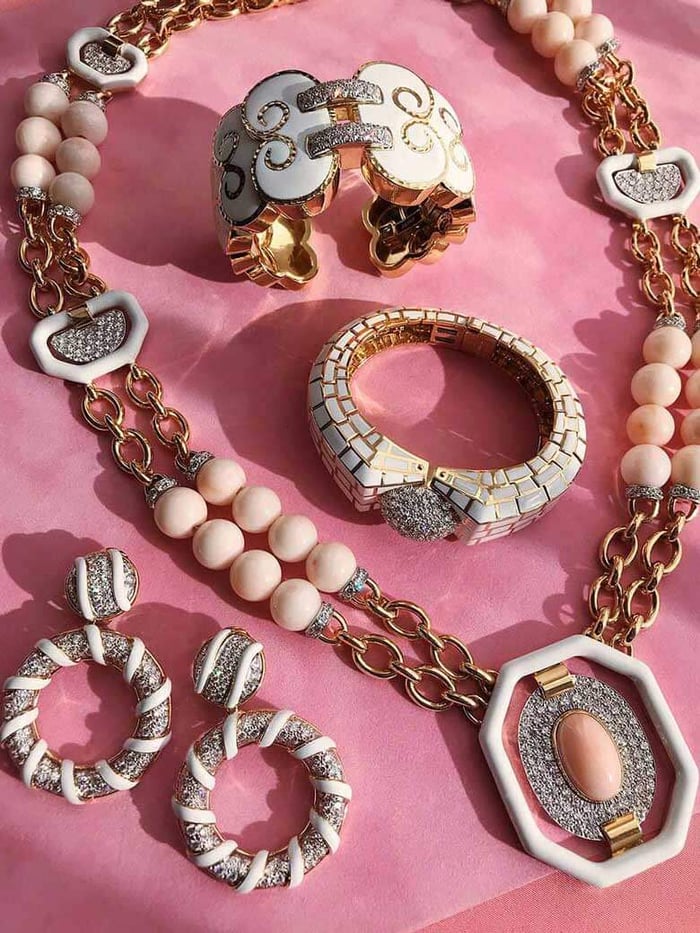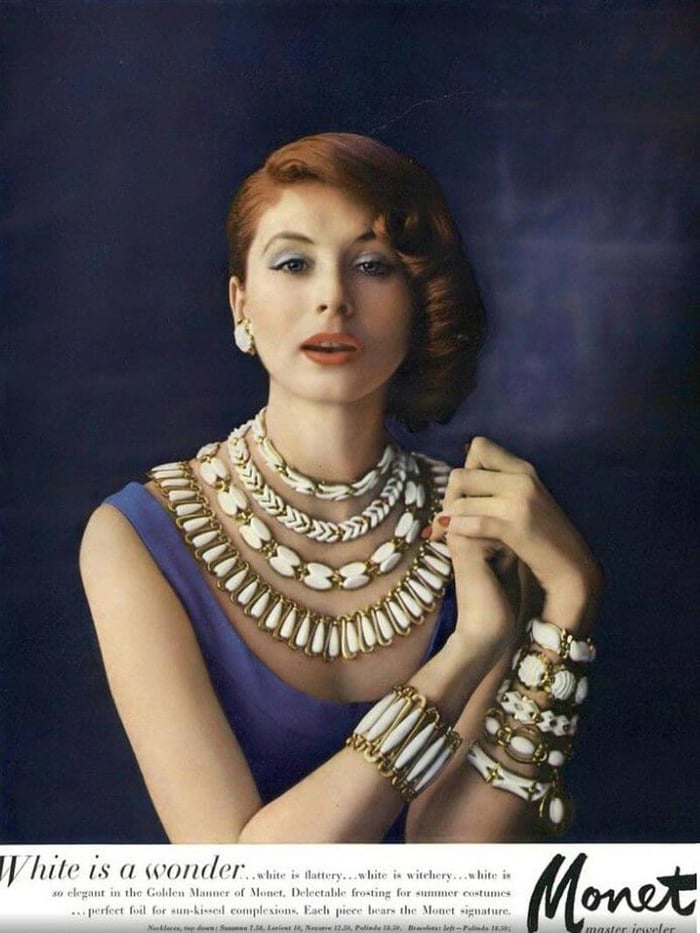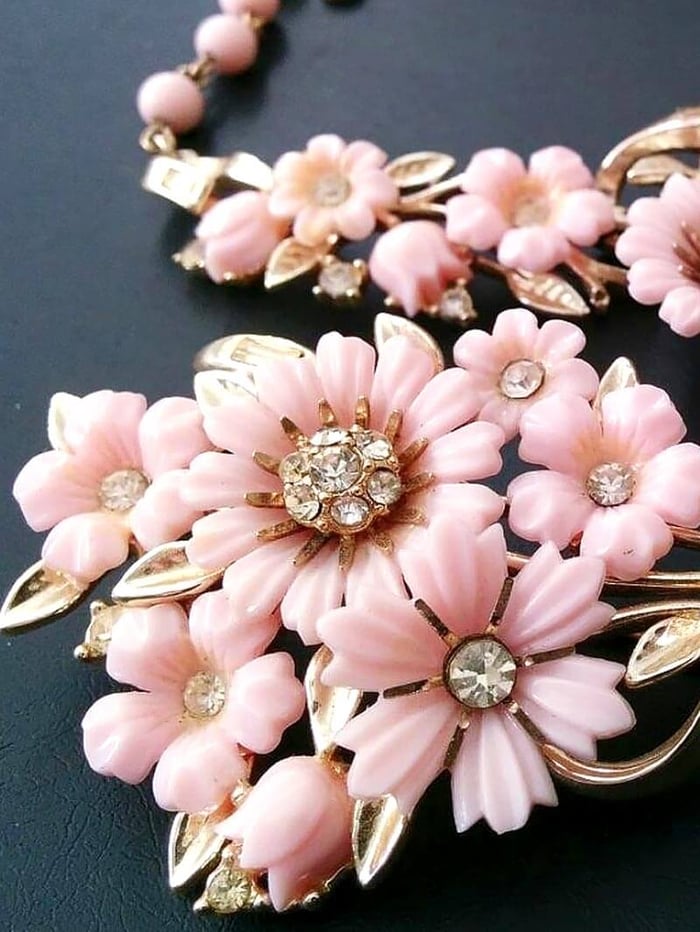Your Cart is Empty
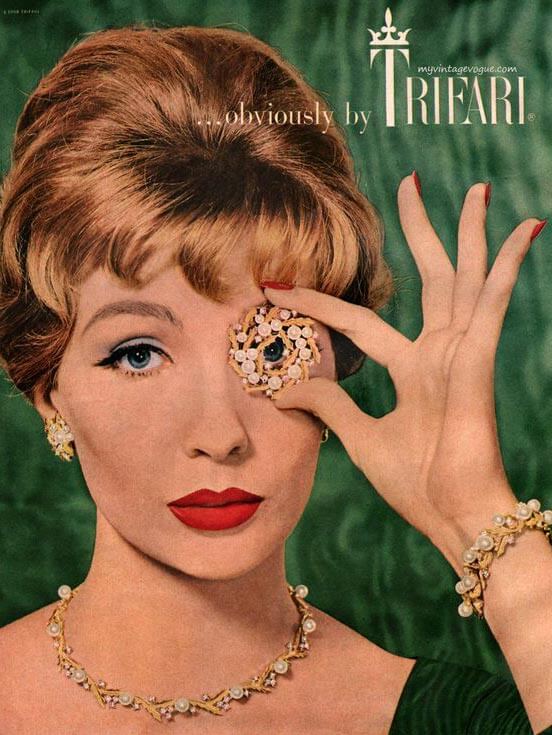
Trifari Jewelry – A Complete Guide
Listen to article
Audio generated by DropInBlog's Blog Voice AI™ may have slight pronunciation nuances. Learn more
As a vintage jewelry aficionado, you probably stumbled across the brand Trifari. A veteran from the Art Deco era, Trifari became known for its high quality and unique designs. To this day, the brand is still in demand, particularly among vintage collectors.
But what exactly is it that makes Trifari so special? Is it the material – or is there more to it? How exactly do you identify a Trifari piece of jewelry? Well, the point of this article is to clear those questions for you. This way, you can handpick the best vintage jewelry pieces for your collection. Let’s get started!
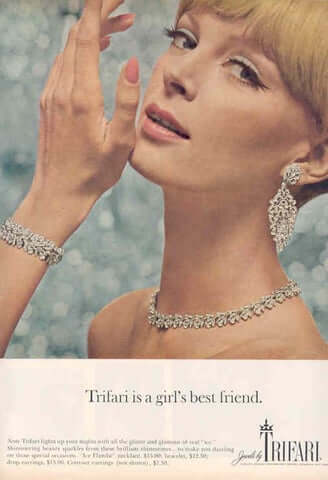
Vintage Trifari ad, “Trifari is a girl’s best friend.”
Table of Contents
WHAT MADE TRIFARI JEWELRY SPECIAL?
There were several things that made Trifari jewelry the most attractive option for vintage enthusiasts. Being a result of the Great Depression – when people looked for style at an affordable price – you did not have to break the bank in order to buy a piece.
At that point, people wanted fine jewelry, but the problem was that they could not afford it. Many designers still kept making their luxury pieces, but the masses would barely buy them. This is why Trifari designers came up with a type of jewelry that looked luxurious but wasn’t as expensive.
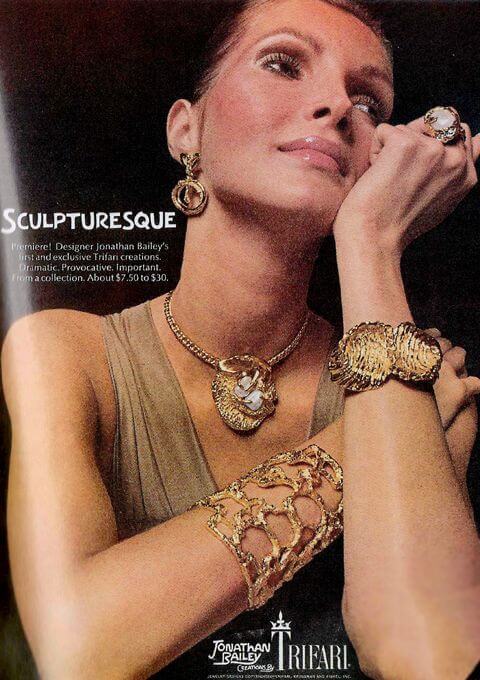
Trifari Jewelry – Sculpturesque Collection - Designer Jonathan-Bailey's first and exclusive creations, 1970
That being said, there are a lot of other characteristics, aside from the approachable price, that makes Trifari a tempting option:
- It features specialists in hand-cut glass
- Elaborate and complex designs
- The quality of the jewelry is very high
- Very fine work among costume jewelry
- The pieces look real even if they are imitation
- The creative vision of Alfred Philippe leads to unique jewelry designs
In the end, people saw Trifari as an alternative to high-end jewelry. It was a way to look your best – to look rich – in a time when you couldn’t really afford to be that way.

Trifari Jewelry Ad, “Trifari Knows What Goes”, 1986
A HISTORY OF TRIFARI JEWELRY
Many jewelry brands have a simple history. However, Trifari’s is actually quite long and colorful. The first founder was Gustavo Trifari, an Italian that grew up learning the goldsmith trade. In 1910, Trifari started the brand Trifari, shortly after moving from Italy to the United States.
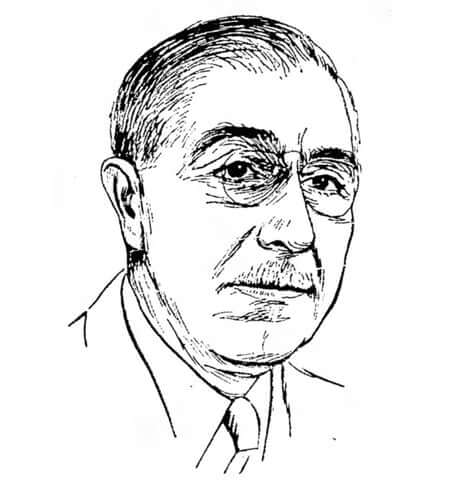
Gustavo Trifari, the founder of Trifari Jewelry
At first, Gustavo collaborated with his uncle in creating the Trifari jewels. Still, even after his uncle leftthe business, he would continue creating jewelry. The only thing that actually changed was the name of the business; from “Trifari and Trifari”, it was turned into “Trifari.”
By the time 1925 turned a corner, Gustavo joined forces with Leo Krussman and Carl Fishel. The company once more saw a change in its name – this time in Trifari, Krussman, and Fishel.
At that time, Trifari became quite popular, standing out mostly due to their quality. That being said, Trifari was known for being an avid fan of quality control. Numerous collectors would agree that quality-wise, Trifari was way above the average of what the competition offered.
There were various aspects that put them in that place, including:
1. Unique Designs
At that time, Trifari pieces were so unique that you could easily distinguish them from other brands. The enamel designs, colored stones, and gold/silver-toned were in a category of their own.

Trifari Jewelry Styles, 1956
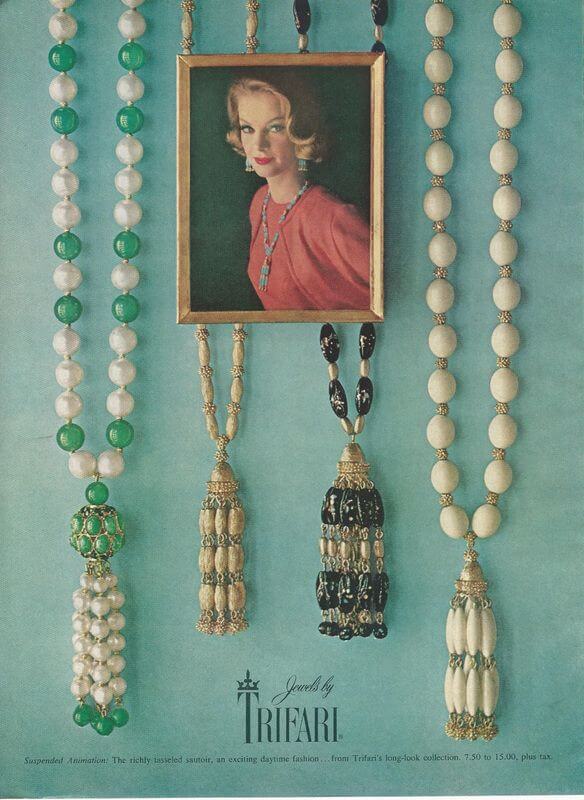
Trifari Necklaces

Trifari Bracelets
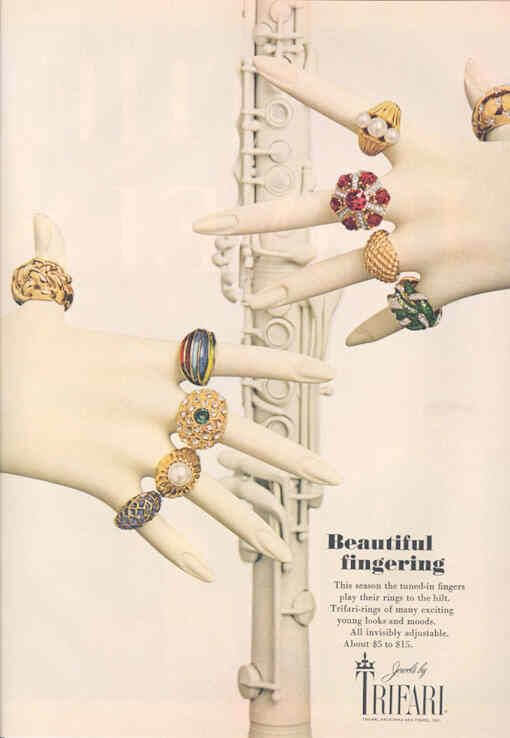
Trifari Rings
2. Gold-Toned Trifanium
After World War II, gold was not very easy to come by – and even if it was, many people no longer had the means to buy it. At that point, people just wanted something that looked expensive, but in fact, was fairly cheap.
This is why Trifari came up with Trifanium. This alloy that they created was resistant to tarnish, and it was smooth and durable enough to double as an alternative to precious metal. With the creation of this alloy, Trifari rose even more on the popularity rank.

Trifanium Jewelry Set by Trifari
3. Exquisite Craftsmanship
The jewelers that Trifari hired to create his jewels pulled no punches; they knew exactly what they were doing. The most notable name of his time was Alfred Philippe, a designer that worked for companies such as Van Cleef & Arpels and Cartier before joining Trifari.
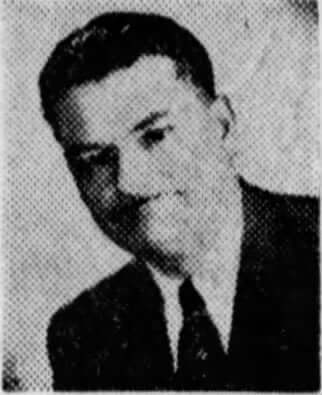
Alfred Philippe, head designer of Trifari Jewelry
Trifari was actually transformed once Philippe joined their forces. He had developed several techniques at the previous companies that he worked at, such as the invisible gemstone setting.
Philippe remained with Trifari until the moment he retired in 1968, but collectors agree that the pieces designed by him were exquisite. His designs are always been greatly sought by collectors throughout various times.
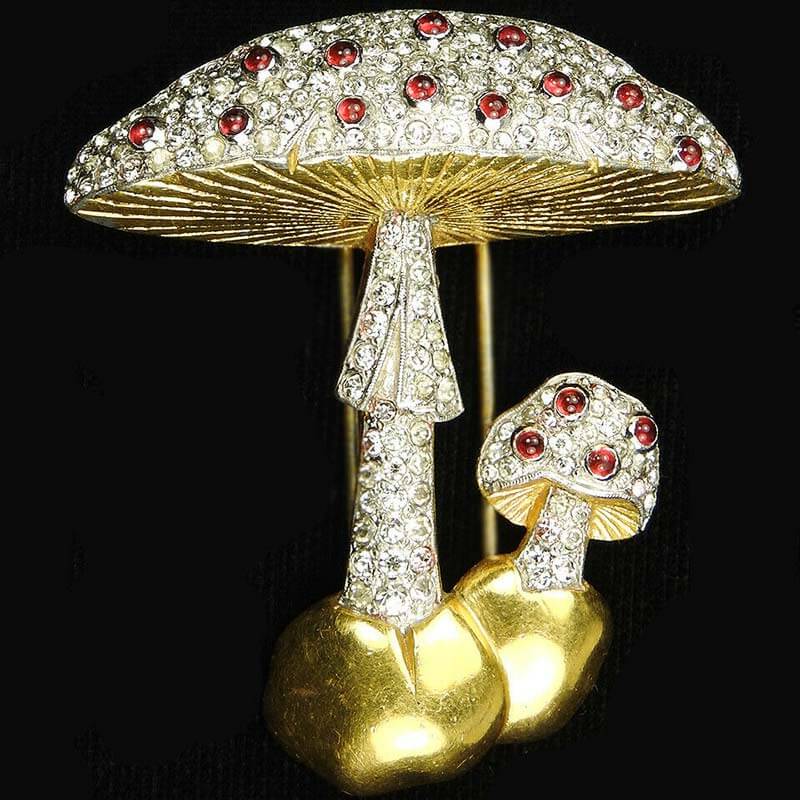
Gold Pave and Ruby Cabochons Mushroom Pin, designed by Alfred Philipe, 1960s
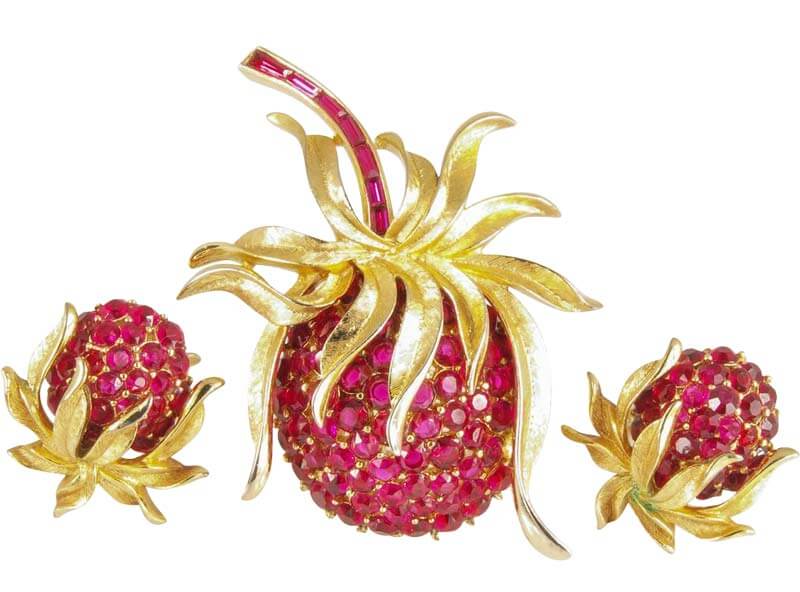
Raspberry Rhinestone Brooch and Earrings, designed by Alfred Philippe, 1960s
4. Custom Designs
Trifari rose even more in popularity after he collaborated with producers of Hollywood and Broadway in 1930. After creating custom jewelry pieces for several famous actors, Trifari gained even more terrain on the market and repositioned the brand.

Jane Fonda is wearing Trifari Jewelry, Vogue Magazine, 1959
THE TRIFARI SHIFT
Nearing the end of the 20th century, in 1994, Trifari merged with Monet Group – yet another brand that designed vintage costume jewelry. Later on, Liz Claiborne also purchased Monet – which Trifari was now a part of. Once this happened, jewelry and clothing pieces were sold under the same name.
After a short time, Liz Claiborne set the production for the Trifari Jewelries overseas, probably because they saw it as a much bigger advantage for gaining profit.
Trifari jewelry of lower quality was later mass-produced, sold afterward on the Trifari card. On the newer products, you would not see a stamp – to many people, this suggested that it no longer had the quality it once had. This is why most collectors prefer the mid-20thcentury pieces to the more recent ones.
COMMON MATERIALS USED IN TRIFARI JEWELRY
Trifari uses various materials, most of them being quite inexpensive. All of them were picked for their potential to be crafted into real-looking luxurious jewelry. Here are the most common materials that they would often use:
- Faux Pearls
- Rhinestones
- Enamel
- Lucite (to make imitations of precious gemstones)
- Sterling silver
- Trifanium (base metal that looked similar to silver or gold)
- Semi-precious stones (i.e., coral or jade)
Usually, the main materials would change with time. However, one thing that they did adhere to was their use of inexpensive materials. The worth of the jewelry was determined by craftsmanship and attention to detail.
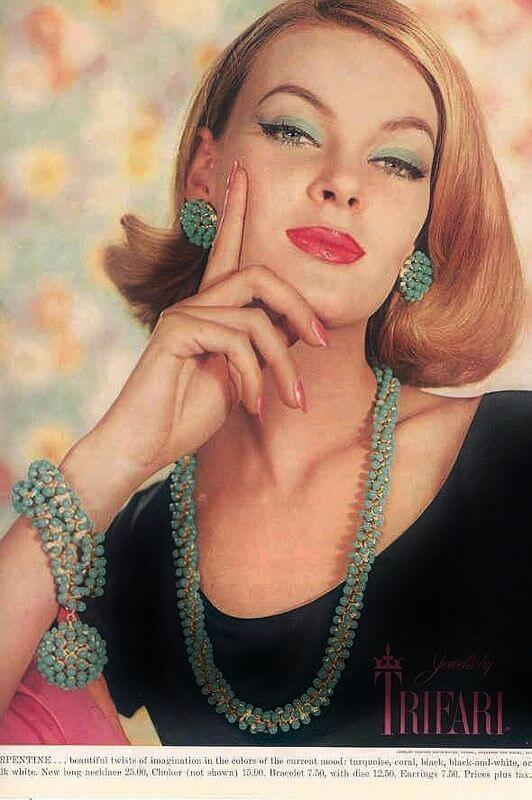
Trifari jewelry set made with blue semi-precious stones

Trifari white enamel clip-on earrings, necklace, and bracelet set featured in Vogue, 1956

Trifari Lunar Lights Collection - Trifanium Silver Jewelry, 1969 ad
POPULAR TRIFARI COLLECTIBLES
Trifari has been with us for a long time, and many of its pieces are still considered to be “modern and chic” to this day. With that in mind, there are a few pieces that hold value, which makes them extremely attractive to collectors. Here are just some of those options:
1. The Trifari Crown Brooches
The Crown Trifari brooches were Philip’s design, being quite popular between 1930 throughout the 1950s. They were so popular that they became a symbol of the Trifari brand.

Trifari Crown Brooches designed by Alfred Philippe
You may have noticed that Trifari has a crown added to its logo. That crown was not there at the very beginning. It was the increasing popularity of the crown brooches that led them to this decision. Enticing and colorful, many people are looking to have these brooches added to their collection.
2. The Jelly Belly Brooches
As mentioned, Trifari made use of lucite and other similar synthetic materials in order to make gemstone imitations. In this collection, they were known as “jelly bellies,” and the brooches took the shape of a variety of beings, from bees and tortoises to frogs, birds, and pigs.
But why “jelly bellies,” you may ask? Because they had their bellies made from lucite in colorful shades that resembled the jelly texture.
Jelly Belly Frog Brooch, designed by Alfred Philippe, 1943
3. The Coronation Gems
Another crown-themed collection, the coronation gems are also popular among collectors. This collection was made in 1953 and is symbolic of Queen Elizabeth II’s coronation. The “coronation gems” are faux gemstones in colorful nuances, but which were meant to dazzle.
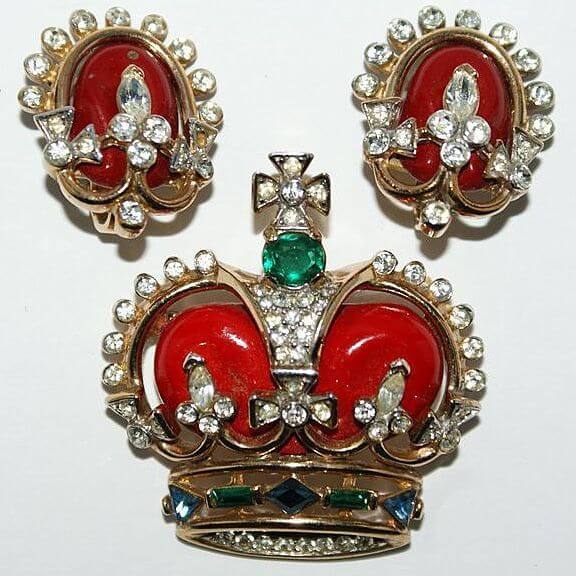
Trifari Coronation Gems, Enamel Rhinestone Crown Brooch, and Earrings, 1940s
4. Patriotic Pins
Even with World War II disrupting the planet, people still wanted a sense of normality – which is why they kept buying jewelry and accessories whenever possible. In response to that, Trifari created a few patriotic pins.
There were several patterns included here. Some featured the American flag, whereas others had majestic eagles in blue, red, and white. Collectors would fancy these items, as they were reminiscent of a significant time in the history of the United States – namely, the war.

Trifari Patriotic USA Eagle Brooch, WW II
5. Pearl Jewelry Collection
Trifari also had a collection of beautiful jewelry made from faux pearl – one with elaborate metalwork. The costume jewelrylooked, by all means, real, and without taking a very close look, one would not even know that the pearls were fake.
This collection was such a hit that even the First Lady Mamie Eisenhower decided to wear a piece at her husband’s inauguration as president. As you can imagine, from that point on, the Trifari pearl jewelry became even more popular.
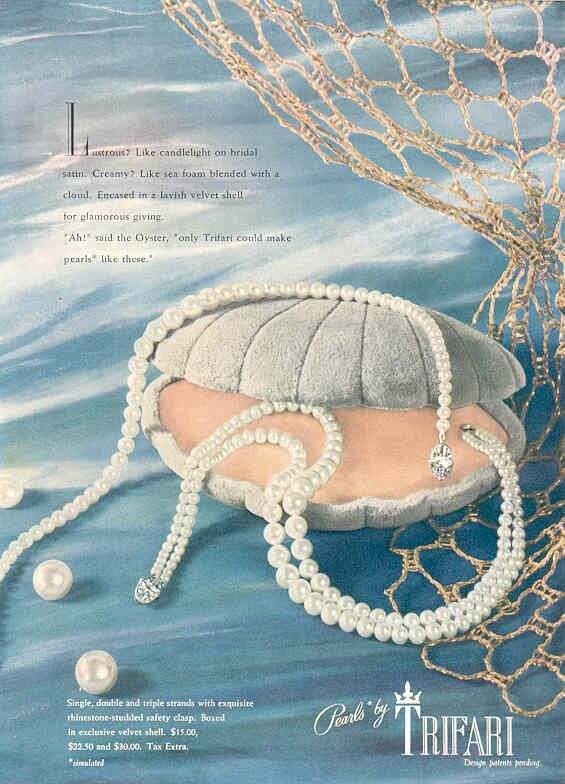
Pearls by Trifari, 1940s
6. The Floral Brooches
As you probably realized, brooches were quite popular several decades back, which is why a lot of people are looking to collect vintage Trifari brooches. These brooches could be found with silver or gold-tone and used colorful lucite and intricate metal patterns to create elegant flower patterns.
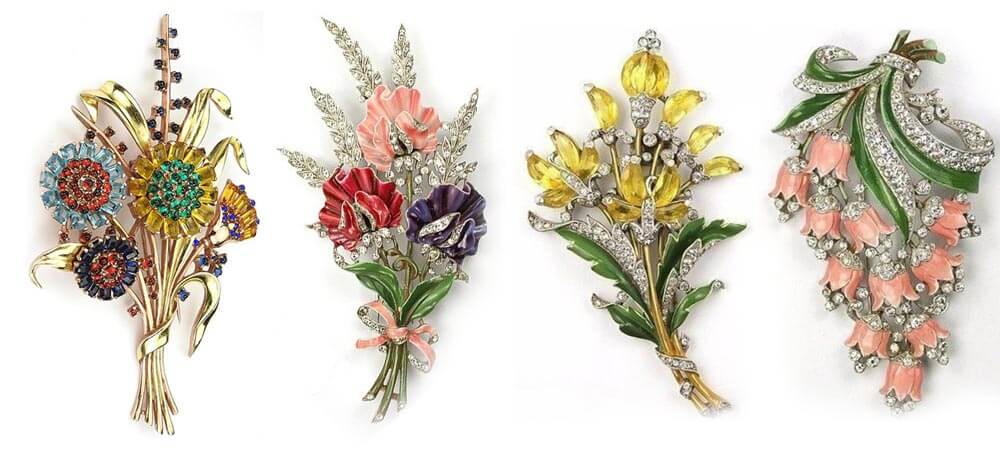
Trifari Flower Brooches designed by Alfred Philippe
7. Clip-Mates
The Trifari clip mates collection was a response to the double-clipping style that used to be all the rage. To put it simply, a clip mate was a type of brooch that could be separated into two different dress clips. Depending on the design, one of the “mates” could even be used as a pendant.
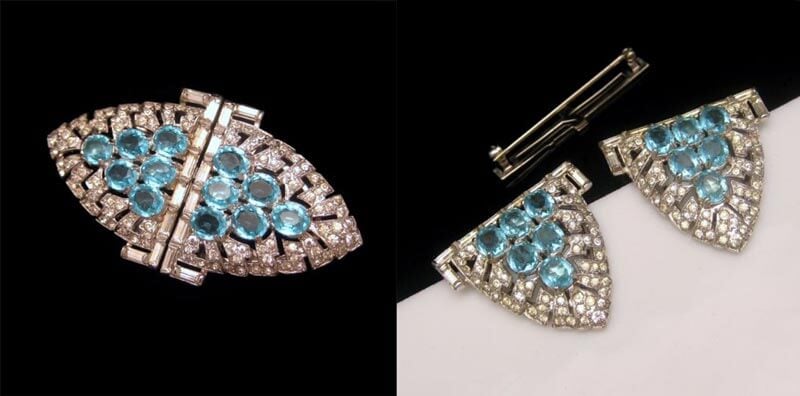
Trifari Clip Mates, Art Deco style, 1930s
8. Fruit and Vegetable Pins
The fruits and vegetable pin collection was also very popular between 1950 and 1960. These colorful and vibrant fruits and vegetables were encased in a gold or silver setting, and they appealed to those wanting something fresh and unique. The pins could be used alone, or they could be displayed together if you wanted to be a bit edgy.

Fabolous gold and pearl pea pod brooch
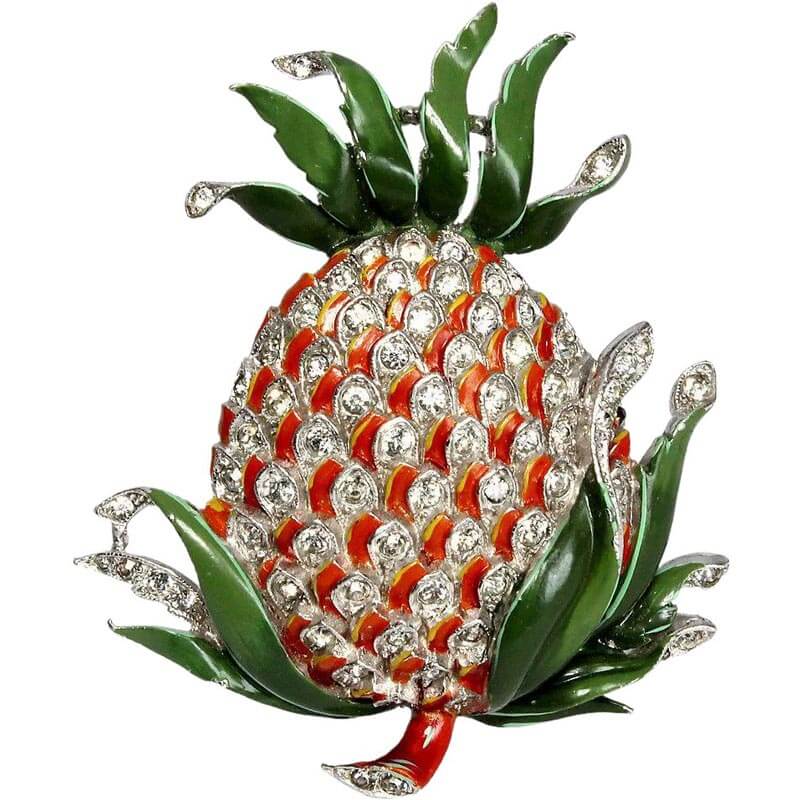
Pineapple Brooch, Rhinestones, and Enamel, designed by Alfred Philippe
TRIFARI DESIGNERS
- 1930s 40s 50s to 1966 - Alfred Philippe
- Late 1930s to 1940s - Alfred Spaney
- 1930s and 1940s - David Mir
- 1940 - Norman Bel Geddes
- 1940 - Joseph Wuyts
- 1955 to 1970 - Lucius Passavanti
- 1958 to 1965 - Jean Paris
- 1967 to 1979 - Andre Boeut
- 1971 to 1974 - Diane Love
- 1970s - Jonathan Bailey
- 1970s - Kunio Mataumo
- 1971 to 1974 - Jacques Philippe (Alfred's son)
- 1980s to 1990s - Marcella Saltz
HOW TO IDENTIFY TRIFARI JEWELRY
As we know at this point, Trifari went through several changes – which is why the markings may also differ. In order to identify whether a Trifari piece is authentic or not, you need to look for the marks. Remember, “if it’s not signed, it’s not Trifari”. Here is what you need to search for:
1. The KTF Mark: 1925 - Mid 1930s
When the jewelry was made in the 1920s under Trifari Krussman and Fishel, the jewelry bore a “KTF” mark. In this case, the pieces had a larger “T” at the center, whereas the K and F were slightly smaller.
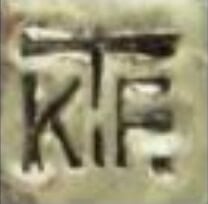
Trifari KTF Mark
2. TRIFARI PAT. PEND Crown Trifari Mark: Mid 1930s - 1955
In the 1930s, Trifari jewelry had the “TRIFARI PAT. PEND” mark. Starting with 1937, the mark also had a crown above the T, as a response to the growing popularity of the Crown Trifari brooches. This lasted up until 1955.
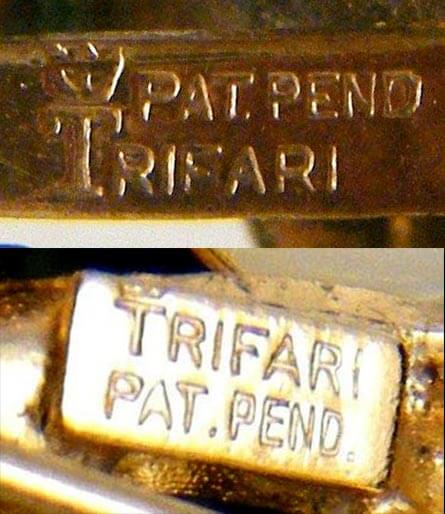
3. Crown Trifari without © Symbol: 1955

4. Crown Trifari with © Symbol: 1955 - 1969
Somewhere around 1955, Trifari made it so that their mark also had a copyright symbol. This design would appear on the jewelry made anytime between 1955 and 1969. For example, the highly popular fruits and vegetable Trifari pins also featured this mark.

5. Crownless Trifari Mark with © Symbol: 1970s - 1980s
Starting with 1970, Trifari took out the crown but left the copyright symbol. That being said, it still had a typeface that went over the copyright symbol. The jewelry that was made by Trifari between 1970 and late 1980 had this mark.
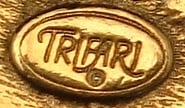
6. Trifari TM Mark: Late 1980s - 1999
Reaching the end of the ‘80s, Trifari would mark their costume jewelry with “Trifari TM.” That being said, in 2000, the Trifari business was taken over by Liz Claiborne. From that moment on, none of the costume jewelry made by Trifari featured a mark.

THE BOTTOM LINE
To this day, Trifari remains a great jewelry brand that is appreciated in the vintage collector’s world. While the pieces of jewelry made after 2000 were not as delicate or popular, the ones before that are considered to be exquisite and top quality. A simple brooch from the golden years of Trifari can fetch quite a fortune on the collector’s market.
